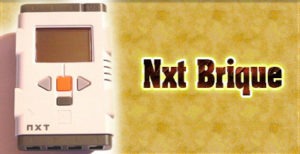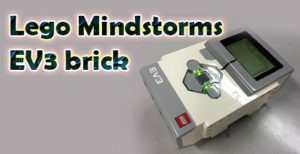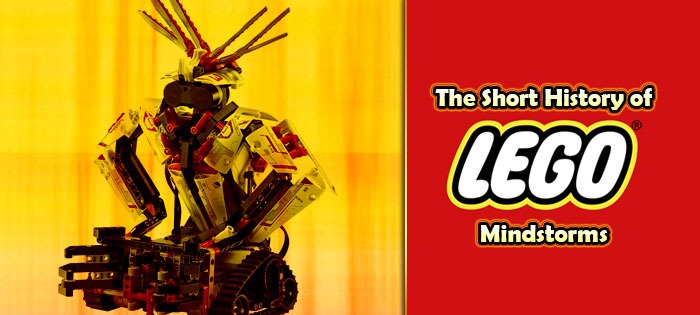The word “Lego” may conjure images of the colorful building toy blocks, but the brand is also one of the names at the forefront of the robotics industry. It has built and programmed robotic kits that have been considered the top rated robot kits in the worldwide market.
Before its official introduction in 1998, the inspiration and origin behind Lego Mindstorms happened some years back. Lego’s division, Lego Technic, had already been releasing a line of construction sets with wheels, movable parts and machines. Many of the Lego Mindstorms’ sets today use Lego Technic pieces.
But Lego aimed for something more — where people (especially children) could build, design and actually program and control their own Lego creations.
In the 1980s, Lego began a partnership with the MIT Media Lab, whose brick was programmed by the Logo programming language. Together, they began working on an “intelligent brick” that would breathe life to the Lego creations.
In 1998, Lego Mindstorms was officially introduced through the launching of the RCX (Robotic Command eXplorers) in front of the press at the Museum of Modern Art in London, England. This brick was the first-generation Lego Mindstorms kit. It could be programmed using the RCX code or the ROBOLAB programming language, based on the LabVIEW and developed by Tufts University.

In August 2009 Lego released another version of the NXT, the NXT 2.0. It consisted of more pieces than the first NXT (with 619) and added another touch sensor, as well as the new color sensor.

The education version of the EV3 was launched in August 2013, while the retail version followed a month later. The EV3’s education version does not contain enough Lego pieces to build designs featured in the retail version.
So where to buy robot kits manufactured by Lego? You can order straight from the company’s website (https://shop.lego.com/en-US/), or Amazon, or other places that specialize in robot kits. Be sure to read the robot kit reviews to ensure that you will get the best robot kits you want.
Lego Mindstorms robot kits make for a great first step when you want to learn all about robotics, microcontrollers, programming, coding and electronics. Who knows, you can be the next robotics engineer or robotics technician in the future.

